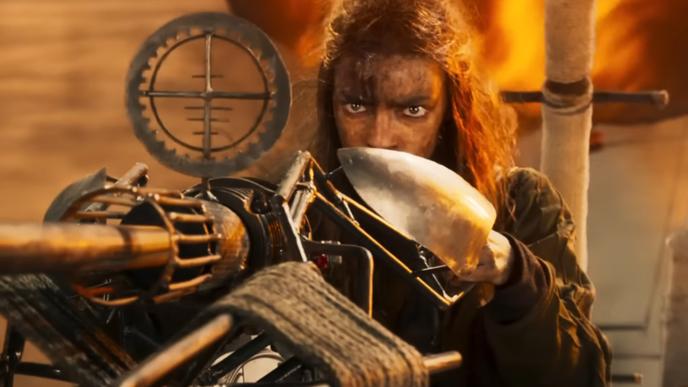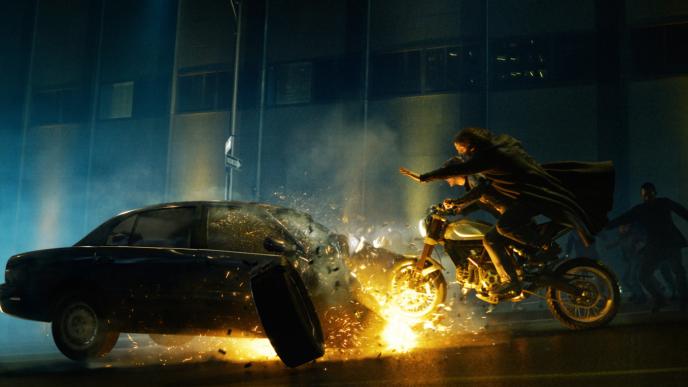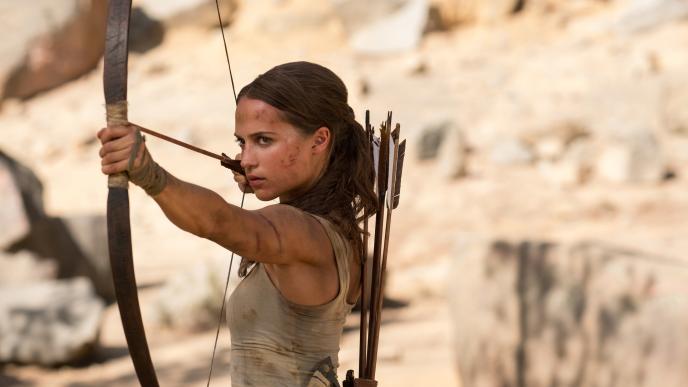
Mad Max: Fury Road
This project was completed by Method Studios in 2015. Method’s film and episodic teams in Montreal, Vancouver and Melbourne are now a fully-integrated part of Framestore.
Led by VFX Supervisor Tom Wood, the Melbourne artists created the cataclysmic Toxic Storm – the biggest VFX sequence in the VFX Academy Award-nominated feature. The visceral, otherworldly spectacle that sweeps vehicles into the sky was achieved through magnificent fluid sim work. A twisting velocity field provided the base motion of a vortex with layers of turbulence and collisions adding details.
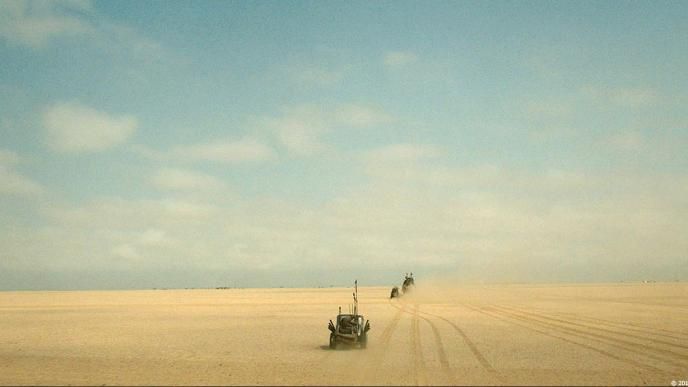
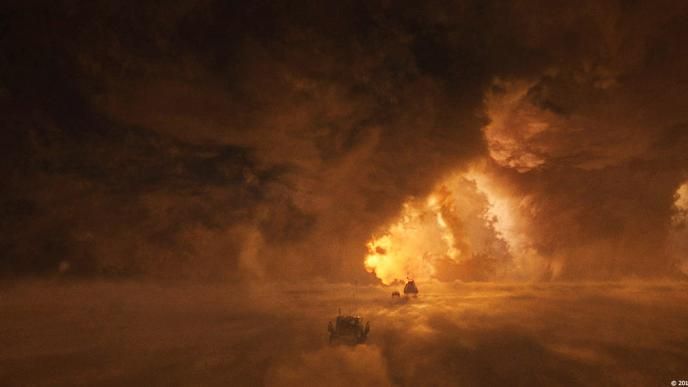
“Production VFX Supervisor Andrew Jackson and I adopted the approach of practical first, over everything” says Wood. “This worked very well for such a huge show that has a very practical heritage to maintain. Director George Miller was very aware of the possibilities but reigned in the excess that can easily occur with VFX.” Every VFX component or shot had to have some practical grounding - either containing practical elements or was surrounded by practical in-camera elements.
When it came to designing the Wasteland, Miller had specific influences to draw from. “The approach to the canyon environment was from one picture sourced by Andrew Jackson of Wadi Rum in Jordan, extrapolated to be a huge wall stretching to the horizon, while the interior was based on the Namibian desert location, but amplified,” explains Wood. “We made it bigger by a factor of 10.”
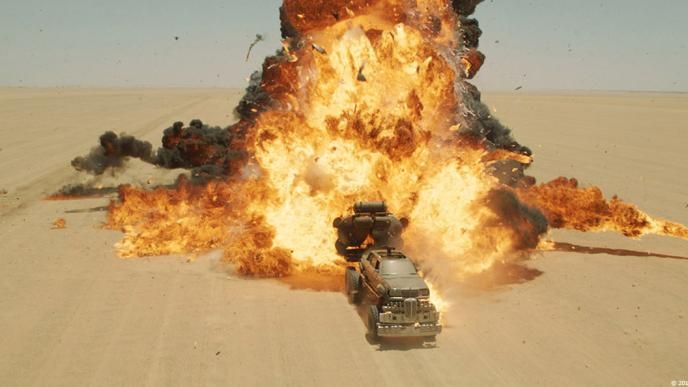
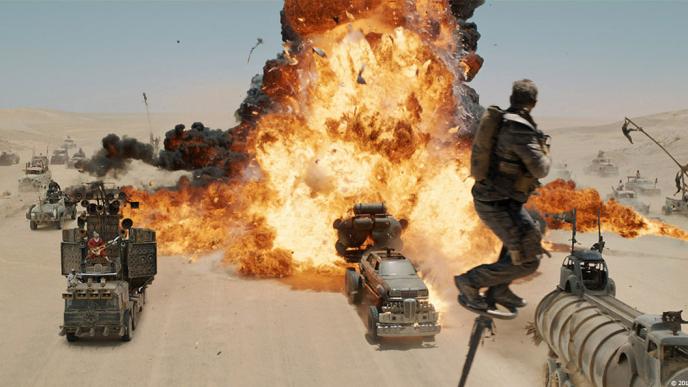

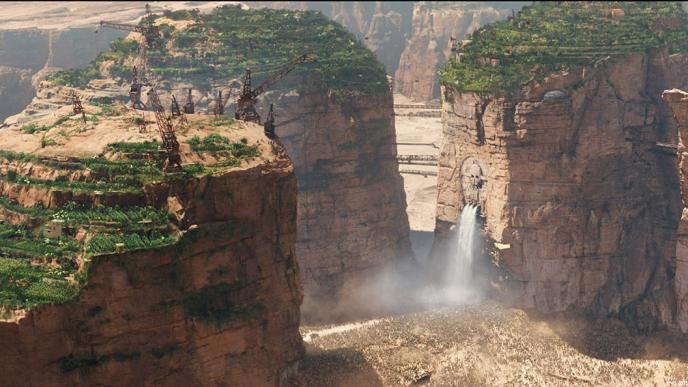
Immortan Joe’s Citadel was key to the narrative, and so the 3D and matte painting teams received a lengthy brief from Miller outlining its significance and his specific requirements. “He wanted to represent the mediaeval hierarchical system, with the overlord living at the highest and most comfortable level. The wretched masses are at the other end of this spectrum, living in squalor in holes down on the ground” expands Wood. The film’s almost 30 year development period meant that the artists were supplied with decades of drawings to reference, with a selection approved by Miller that formed the basis of the Citadel’s look. “Andrew Jackson had a very clear idea of how to create the Citadel using real rock formations,” continues Wood. “We agreed that entirely paint-created environments rarely look authentic. So we gathered still images from aerial shoots in the Blue Mountains to the west of Sydney and used Photoscan to create geometry. This was heavily processed to give us the final structures we see in the film.”

